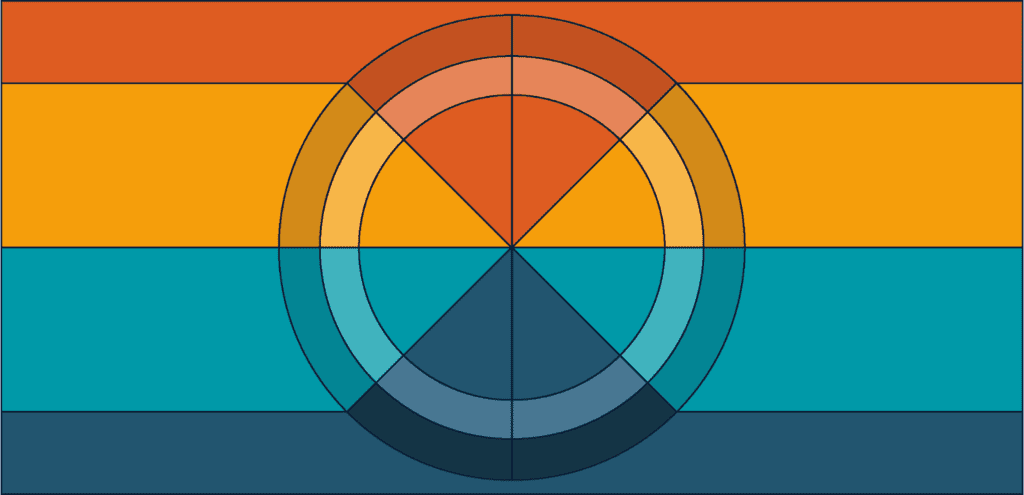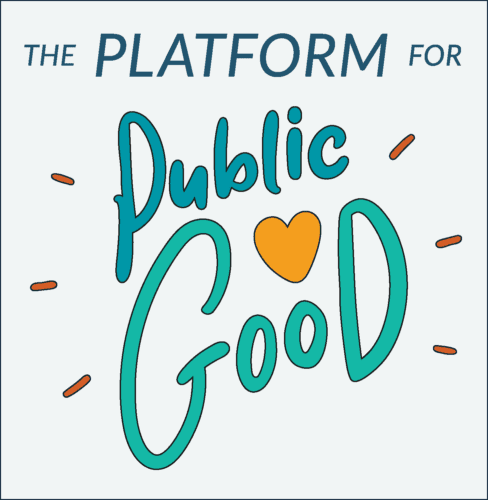Data warehousing with Civis Platform increased revenue by 390 percentage points over a five-year period. Linking person-level data using Identity Resolution to more effectively segment donors. Eliminated sync issues and…
Donors are essential to sustaining any healthy nonprofit organization. Both in good times and in bad, nonprofits can depend on supporter contributions to finance administrative and staffing costs, program expenses, and virtually everything in between. In 2022 Americans faced soaring inflation and while charitable giving fell 3.4 percentage points, many experts are encouraged that so many Americans are still giving despite turbulent financial circumstances.
But while support for nonprofit causes remains consistent, American life as a whole continues to be in a dramatic flux. Per 2020 U.S. census data:
Nonprofits cannot stay the course, holding the same annual events and engaging the same donor types year in and year out. Remaining relevant in today’s changing world means cultivating and engaging a supporter base as diverse and as far-reaching as the population your programs and initiatives serve, as well as diversifying the communications tools and channels you use to connect and even how you ask people to give.
The nonprofits furthest ahead of this curve are investing in data science to expand and enhance their audience engagement strategies. This eBook explores what you need to know to attract the next generation of supporters and diversify your organization’s donor base.

American society experienced sweeping demographic changes between 2010 and 2019. While U.S. Census data found overall population growth slowed substantially during the decade, the nation still added about 23 million people, with dramatic increases in the number of Americans identifying as Hispanic, Asian, Black, or multiracial. No less notable, the nation’s white population fell by 2.6 points during the 2010s (its first-ever dropoff), a trend driven by forces including ongoing birth rate declines.
As of the early 2020s, the so-called “average American” is now a white female between 30 and 34 years old, earning $47,000 a year and debts totaling $87,000. The average U.S. nonprofit donor, on the other hand, is 64 years old and makes two charitable gifts a year. The success and longevity of your nonprofit hinge on engaging both of these individuals, as well as Americans of all different ethnic backgrounds, demographics, and giving abilities.

Simply put, diversity is good business. The Lilly School of Philanthropy’s Everyday Donors of Color report, published in mid-2021, determined that neither race nor economic status impacts one’s generosity or interest in philanthropy, although how supporters choose to interact with their preferred causes and charities can differ dramatically from one demographic to the next. Among the Lilly School’s key findings:
But while the Lilly School report makes it clear that engaging a broader, more diverse supporter base depends on adopting new fundraising strategies along with embracing new channels and platforms, many organizations are struggling to identify where to get started, how to benchmark, and how to tie diversity, equity, and inclusion (DEI) strategies to fundraising success.
Civis Analytics works with organizations across the nonprofit sector, and we’ve found that, in many cases, their supporter bases are still overwhelmingly homogeneous. This status quo presents an existential dilemma for fundraisers as members of the Baby Boomer generation age out of their giving years and Gen X-ers and Millennials age into theirs, bringing with them a different set of demographics, attitudes, and giving preferences, as well as different expectations for engaging with the nonprofits they choose to support.
How do nonprofits overcome their diversity challenges? It starts with audience segmentation.

Most, if not all, nonprofits have amassed large volumes of first-person data about their donors — information these supporters have chosen to share with the causes they care about most. This data holds the answers to fundamental questions like:
All of these questions get to the heart of building more diverse audiences and revenue streams, but accessing these answers depends on an even more elemental question:
How do we leverage our data to understand our segments better?
Segmentation — dividing your donor base into sub-groups of consumers based on shared characteristics, behaviors and giving history — enables organizations to meet the right individuals with the right fundraising message at the right time. An effective segmentation strategy can mean the difference between an email appeal landing at the top of a donor’s inbox and that email ending up in their spam folder or flipping a one-time donor into a sustainer.
Demographic and behavioral-based segmentation is already commonplace in the commercial sector. For example, Civis worked with a national fitness chain to build its membership profiles to deliver personalized messages and offers. These segments included profiles like “the fitness enthusiast,” “the casual gym goer,” “the fitness newbie,” and so on. Once these segments were identified, the client was able to engage members of each segment at decisive stages in their fitness journeys, developing more nuanced and relevant relationships with each successive interaction.
But for many nonprofits, this type of robust segmentation remains out of reach. The culprit? Data silos.

When data is scattered in silos across systems and teams, it’s all but impossible to accurately determine the composition of your audience, identify areas of need and opportunities for growth, and measure progress over time. Diversifying your donor audience and improving audience engagement begins by knocking down these silos and organizing and unifying your data in one central location.
While a CRM may be sufficient for smaller organizations with limited data at their fingertips, larger nonprofits require more robust centralization options, like a cloud-based data warehouse — i.e., a central repository of information that can be analyzed, segmented, transformed, and modeled to make more informed decisions. To determine which type of data warehousing option best fits your needs (and your budget), consider the following questions:
However, getting your data into one place is the first step toward audience segmentation. Next, you must organize, structure, and enhance your data to develop a comprehensive understanding of your current audience and highlight potential growth areas.

But data and usable data are two entirely different propositions. Usable data is not only centralized but also cleaned. But too many nonprofits are grappling with supporter data rife with errors and inconsistencies (duplicate contact records, out-of-date addresses, etc.) that make it impossible to develop a clear understanding of your donor base’s true makeup.
Identity resolution (IDR) cleans up nonprofit data, eliminating duplicate donor profiles and establishing a 360-degree perspective on each supporter. IDR pinpoints duplicated information within and across data sources to determine which sets of records correspond to the same individuals, matching and merging your John and Jane Doe records across all your integrations to create an authoritative list of your total audience. The IDR process isn’t just vital for understanding the donor journey and each donor’s lifetime value; it also creates the foundation for more accurate analysis around the ROI of your marketing and acquisition campaigns.
From there, you can amplify your supporter data’s power — and fill in knowledge gaps — with third-party data from a trusted partner. For instance, Civis maintains a national consumer file that enables clients to build more complete supporter profiles by appending demographic information, income information, and other key data points.
Once you’ve done the work of unifying, cleaning, and standardizing your data, you are finally ready to begin the truly transformational process of building a data strategy to grow and diversify your audience. We know this process isn’t always easy: Civis founder and CEO Dan Wagner even wrote an eBook specifically addressing the unique challenges nonprofits face on the path to successful data transformation. But the bottom line is that organizations who establish a thriving data science practice unlock foundational insights into the composition of their audience and what motivates this diverse group of individuals to get involved with your organization in the first place — insights that translate to audience growth and revenue growth.

Moreover, you don’t have to pursue this path alone. Civis Platform, our all-in-one data warehouse and analytics engine, lets nonprofits make the most of their data without investing in an expensive, hard-to-manage tech stack. Platform lets you harness data from any source to plan strategically, manage workflows, report to stakeholders, and automate data pipelines — all with out-of-the-box functionality you can set up in a matter of days. You can also depend on Civis’s in-house data science expertise to help you run the data transformation gauntlet.
Once your data is centralized, you can begin to set up a robust set of measurement tools to better understand which acquisition sources or programs are most effective at helping you reach emerging audiences. These insights can help nonprofits make more informed decisions around where to place ads and which messages to use. For organizations that are starting from scratch, running a survey offers an additional data science tool to help uncover more information about emerging audiences, including what they care about, where they get their news and where they spend time online.
American society is changing rapidly, and nonprofits must evolve in lockstep — or face the consequences. There is a clear market signal that organizations who view their supporter data as a decisive competitive advantage and invest in their data tools and programs are ahead of the curve: These nonprofits are simply better equipped to navigate whatever lies ahead, whether it’s engaging the next generation of supporters via the next generation of giving channels, weathering ongoing economic instability, or even surviving another existential global crisis like the COVID-19 pandemic.

Contact Civis today to begin transforming your data for a transformed world.